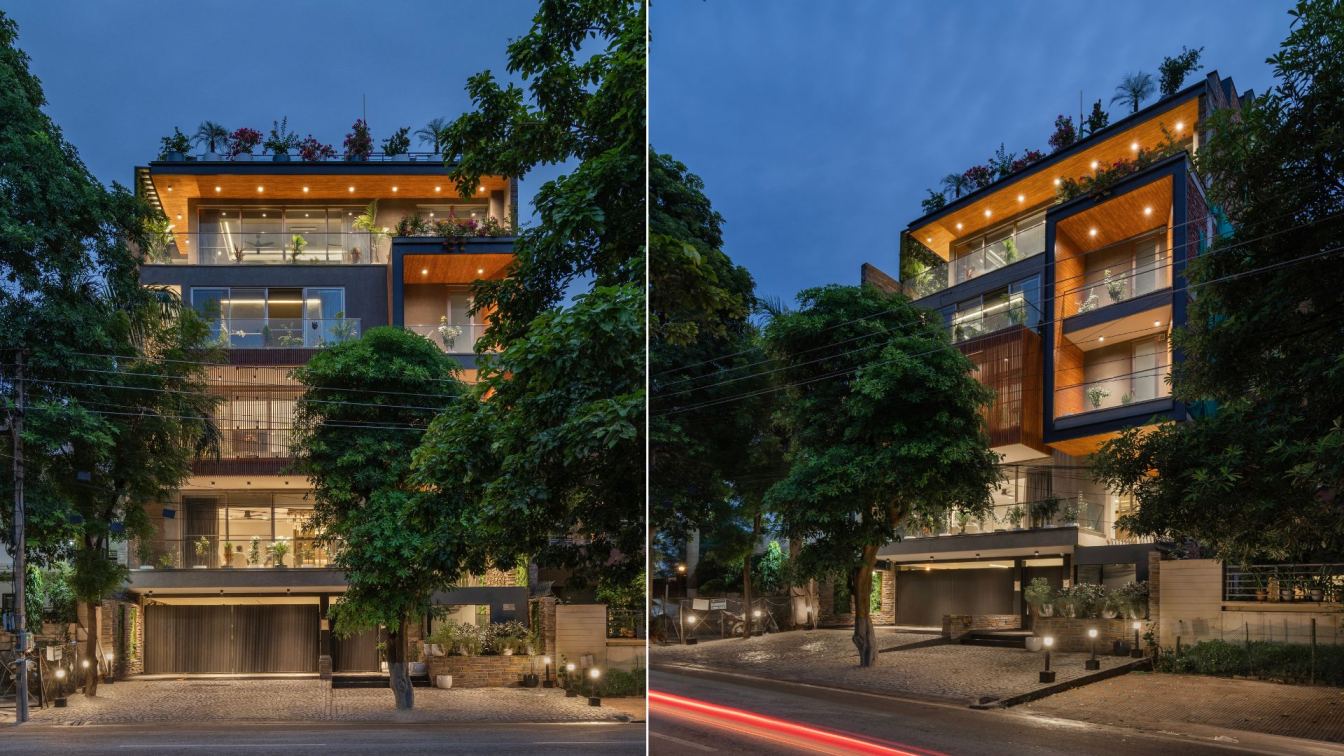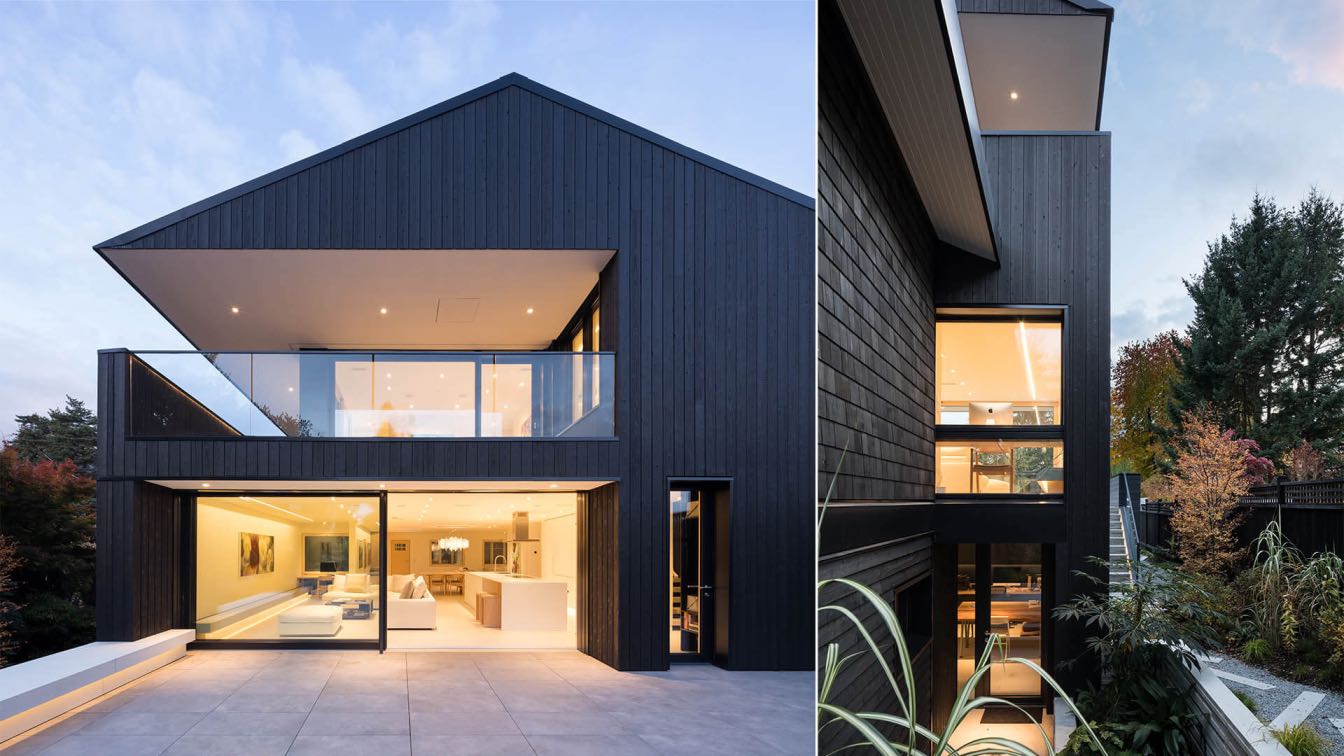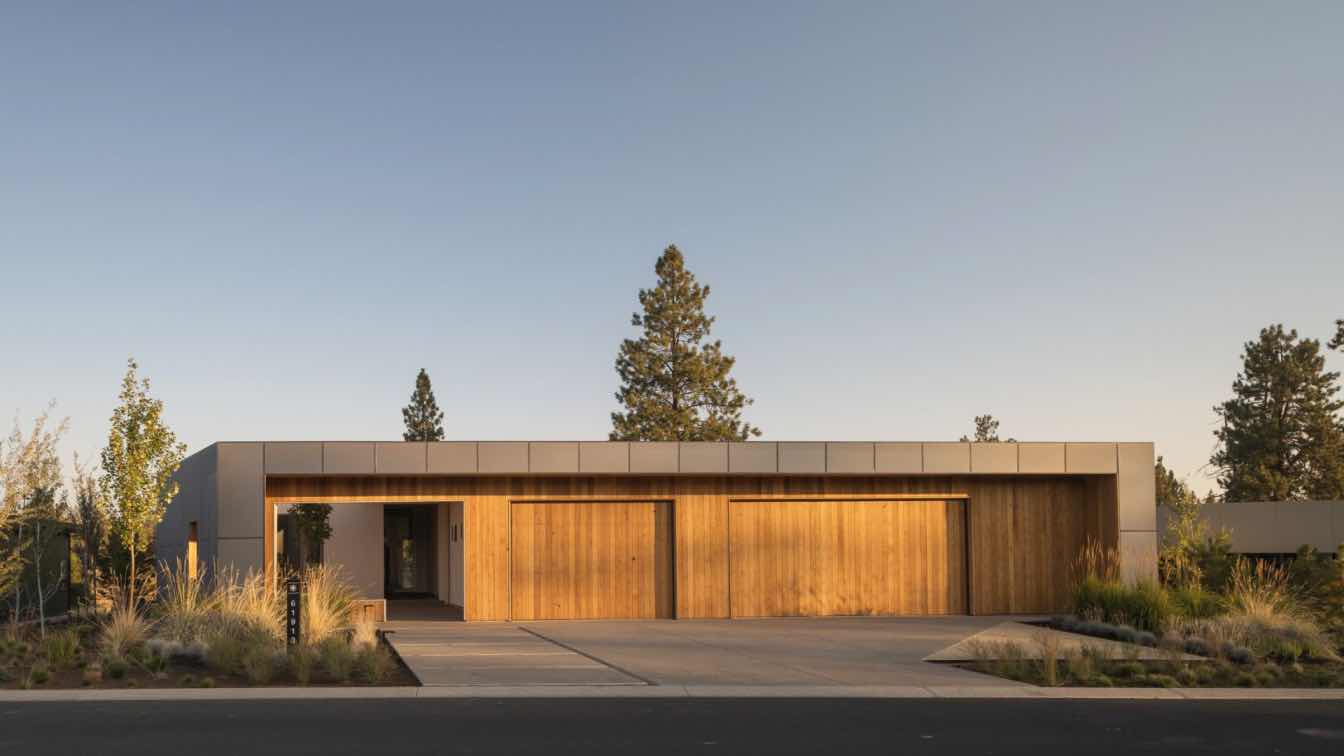GARQUITEG: Casa Alegría is a vacation rental residence located in Zicatela, Oaxaca, on Mexico's southwest coast. This place is part of the conurbation of Puerto Escondido. With a population of 45,000 inhabitants, it's a calm location, ideal for resting or retiring. The city stands out for its beaches, cuisine, topography, vernacular architecture, and bohemian charm, features that have positioned it as one of the fastest-growing vacation destinations in the country.
The project is situated on land within a neighborhood experiencing urban growth, near La Punta de Zicatela beach. This beach is known for its large waves, attracting surfers from around the world, making it one of the top three surfing destinations globally. The client's main goal was to take advantage of this context to develop the project, intending for the house to feel like an authentic place of rest and leisure for tenants.
Casa Alegría was conceived with the aim of creating a unique vacation rental offering in Zicatela, fostering a strong sense of belonging and connection with its natural and cultural environment. A Mediterranean architectural style was chosen to encourage an active beach atmosphere, incorporating elements of vernacular architecture and local materials.
The design concept focused on maximizing openness, visual reach, and the connection between indoor and outdoor spaces through free floor plans using flying beams. Programmatic boundaries are arranged to create private spaces in constant dialogue with the public ones; on each level, the latter occupy most of the available area, creating dynamics of coexistence and habitability characteristic of a rest house.

The architectural program is distributed over three levels, connected by an interior and exterior staircase. The house features a wide variety of spaces, all harmoniously integrated through free and continuous circulation. On the ground floor, there's the kitchen, dining room, and an indoor and outdoor pool surrounded by a desert flora garden with endemic cacti from Oaxaca's semi-dry areas; these spaces form the central convivial core. The first floor hosts a large terrace surrounded by three secondary rooms facing the sea, with views framed by windows.
The top floor houses the project's main element, the master bedroom, surrounded by a large terrace that serves as a lookout towards Punta Zicatela beach. The bedroom is characterized by a double-height palapa roof that reduces thermal sensation by up to three degrees Celsius and shelters the interior. On the exterior perimeter, there's a jacuzzi and a small portico covering a dining area.
Material dialogue and finishes are distinctive features of the project. The white color typical of the architectural style is uniformly used throughout the residence, contrasting with the warm tones of vegetation, the palapa, and both new and reclaimed local wood, becoming the main material and element that fosters a sense of belonging and connection with the area while integrating harmoniously into the environment. New local certified parota wood is used in columns and beams of the palapa roof structure; it is also used in the exterior staircase railings and dining tables. Reclaimed wood, over 70 years old from the Isthmus of Tehuantepec, is used in the main access doors and all secondary room doors. The interior decoration includes local textiles contrasting with items from Morocco, such as trunks and nightstands.

The final result is a vacation rental that is not only formally innovative but also environmentally sustainable. It features active systems like interconnected solar panels ensuring energy efficiency and palapas that reduce thermal incidence. Passive bioclimatic strategies include ventilation, orientation, and space opening, maintaining a cool atmosphere throughout the house and reducing energy consumption in air conditioning systems. The use of certified and reclaimed local woods significantly mitigated the project's environmental impact.
The project has significantly impacted the area, not only for its architectural quality and integration into the natural and cultural environment but also for its influence on community development. Once construction was completed, neighbors began to improve their homes and build new residences with superior architecture, transforming the colony and creating a continuous improvement atmosphere.
Casa Alegría has become a benchmark for the area, harmoniously integrating vernacular architecture elements with a Mediterranean architectural style, positively impacting its surroundings and the local community. The openness and visual reach of the spaces achieved through free floor plans based on flying beams and the views from the terraces towards the sea create a unique aura in the experience of the residence's spaces, described by users as a special connection of the project with the natural and cultural environment of the area.


























